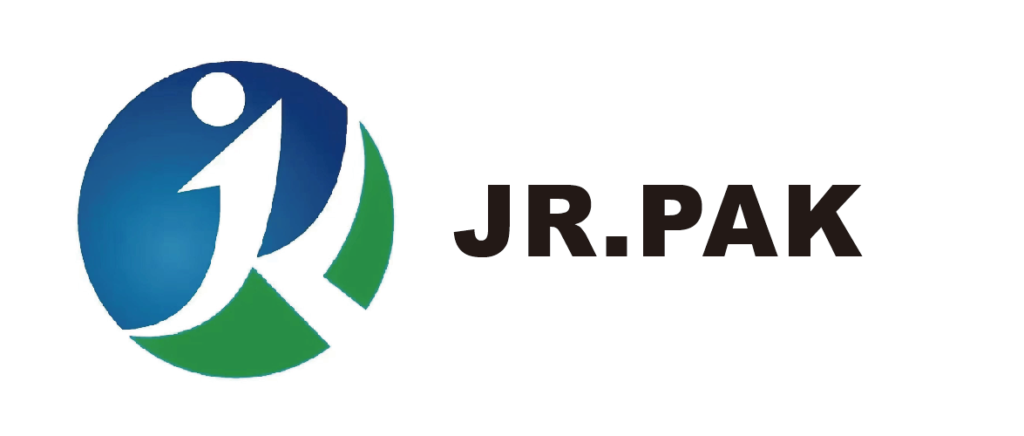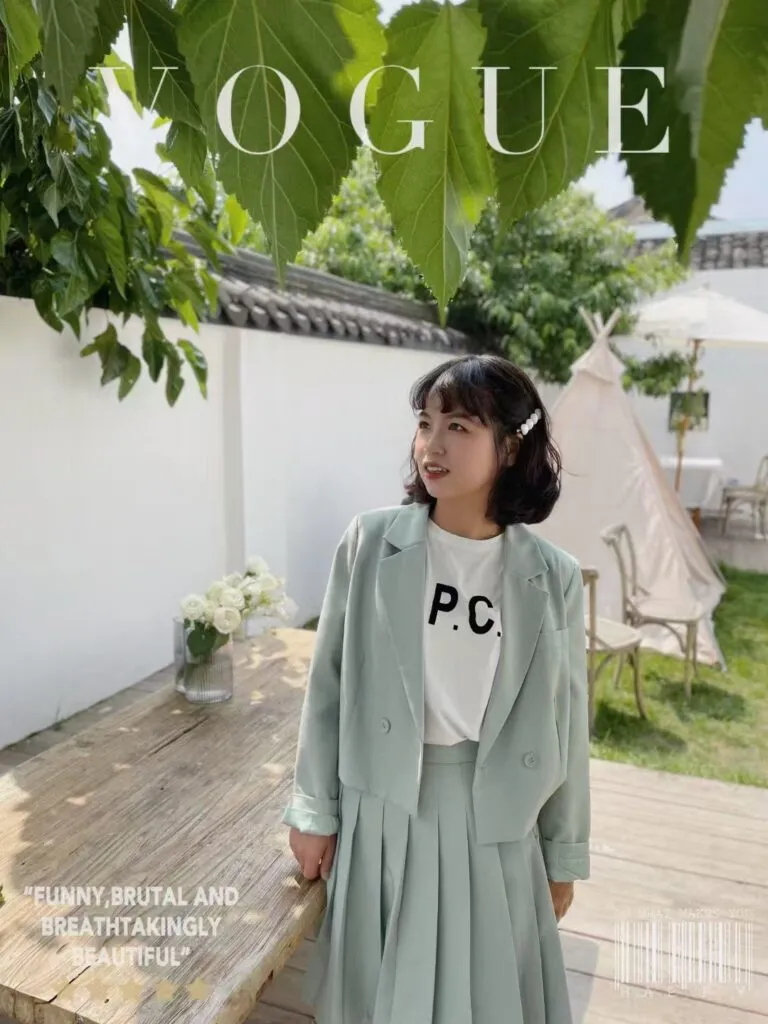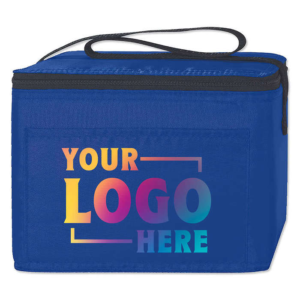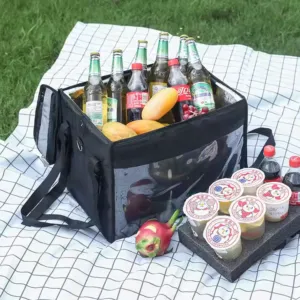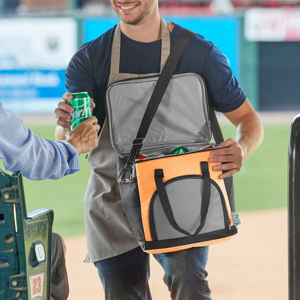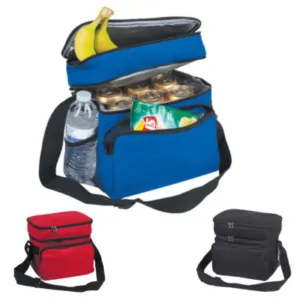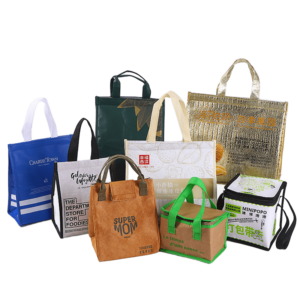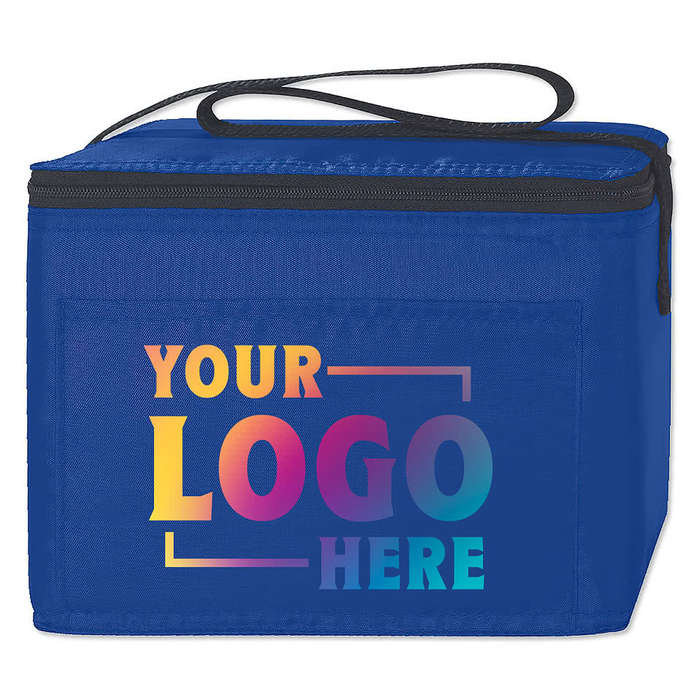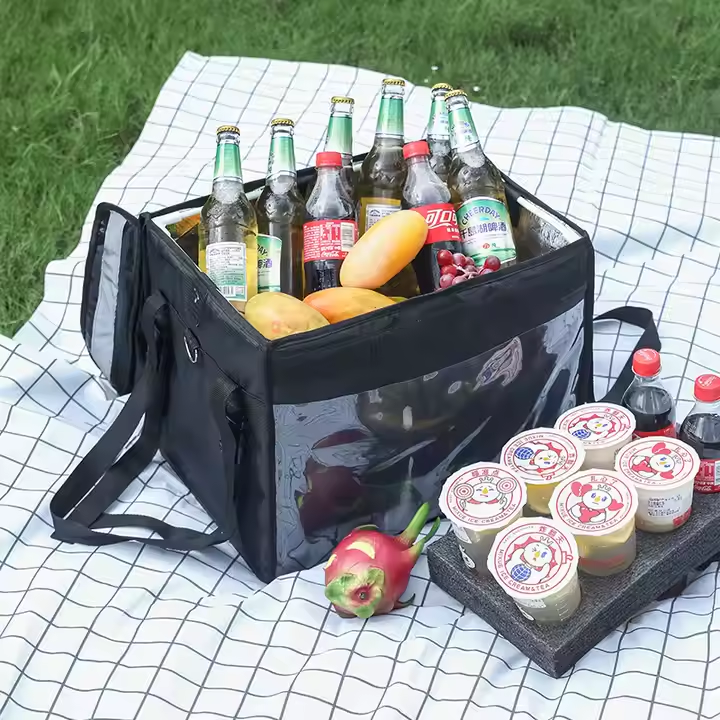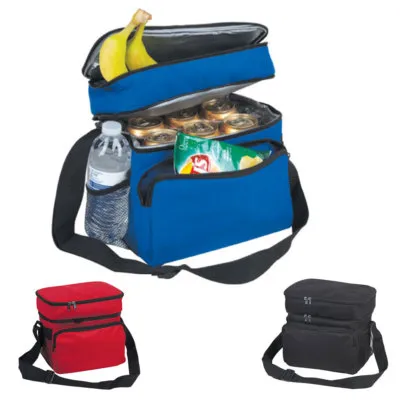This article compares two popular types of eco-friendly shopping bags: PP woven and non-woven polypropylene (PP) bags. By examining their material, durability, cost, and other factors, businesses can make informed decisions when choosing the right bag type for their needs.
7 Key Differences Between Non-Woven and PP Woven Shopping Bags
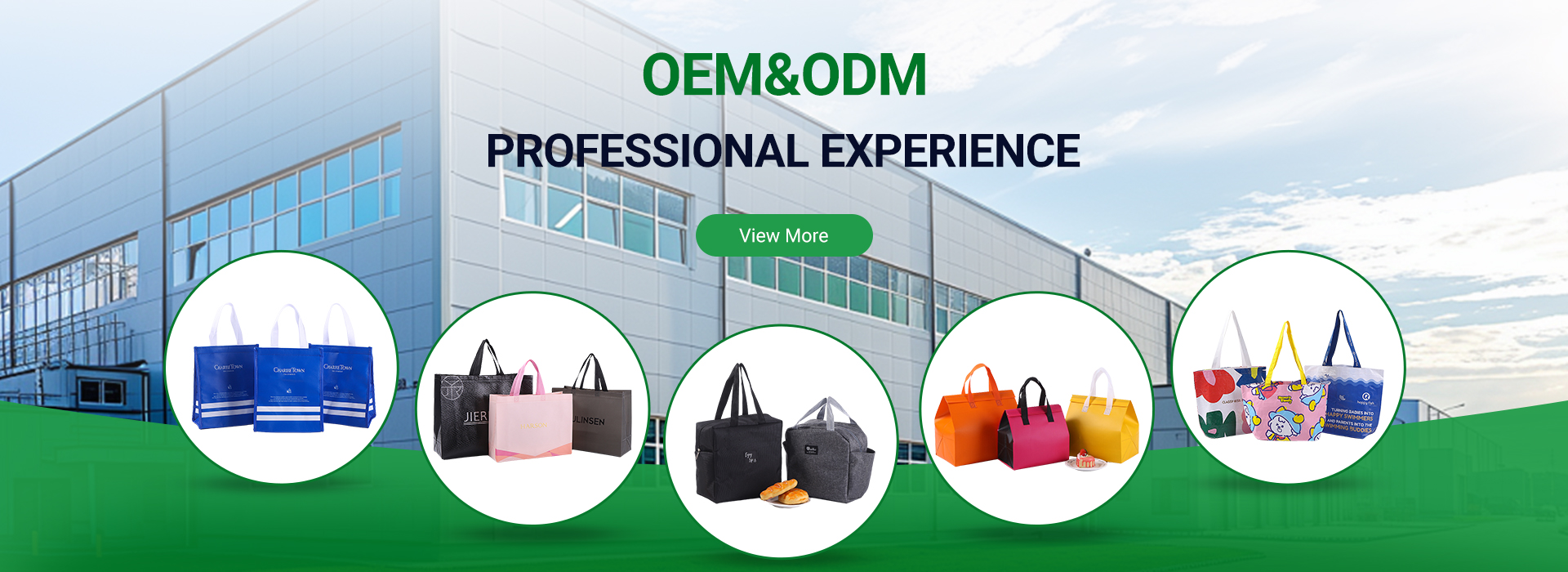
PP woven bags[^1] are more durable and water-resistant, while non-woven bags[^2] are lighter, cheaper, and more flexible, making each suitable for different business needs.
Explore these differences to choose the best bag type for your application.
1. Material and Manufacturing Process
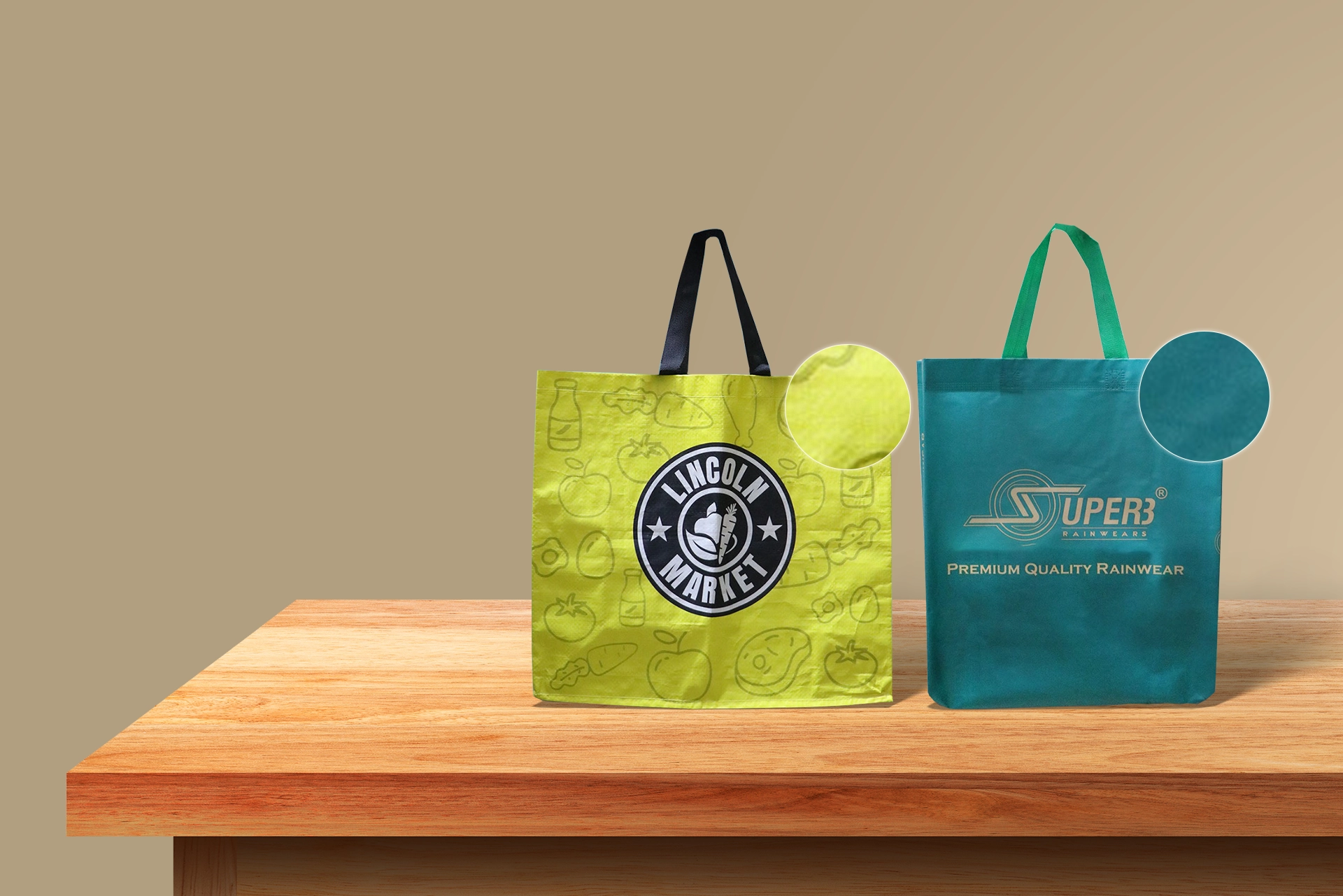
Understanding the structure reveals the foundation of each bag's functionality.
Manufacturing Comparison
| Bag Type | Manufacturing Process | Texture and Look |
|---|---|---|
| PP Woven | Woven polypropylene tapes forming a checkerboard mesh | Textured, visible weave pattern |
| Non-Woven PP | Melt-spun polypropylene bonded thermally | Smooth, felt-like or canvas feel |
PP woven bags are made by weaving flat polypropylene tapes into a durable fabric. This process creates a strong mesh that gives the bag its toughness. In contrast, non-woven bags are made by bonding fibers without weaving or knitting. The thermally bonded fibers result in a flexible and soft texture, ideal for general shopping bags.
Businesses looking for visual impact may prefer the uniform surface of non-woven bags for screen or offset printing. However, those needing industrial-level strength should opt for the interwoven PP structure.
2. Strength and Durability
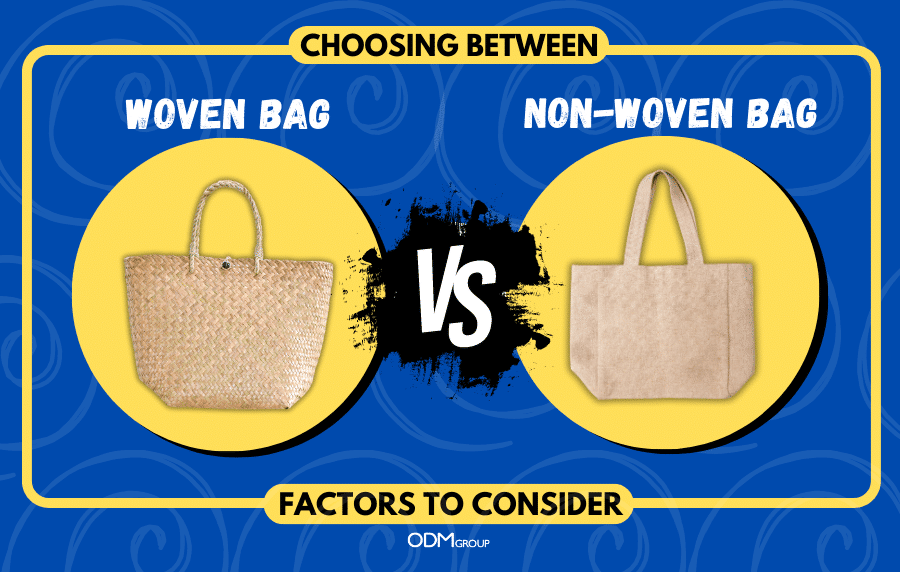
Durability directly affects the reusability and lifespan of the bag.
Strength Characteristics
| Bag Type | Load Capacity | Lifespan | Best Use Case |
|---|---|---|---|
| PP Woven | Heavy loads (10+ kg) | Long (months) | Retail, groceries, bulk |
| Non-Woven PP | Light loads (<5 kg) | Short (weeks) | Events, promotions, gifts |
PP woven bags excel in strength. They are designed to hold heavy items, making them ideal for groceries or industrial uses. Their tough fibers resist tearing and puncturing, ensuring a longer service life.
Non-woven bags, though reusable, are best for lighter applications. They can tear under heavy stress but are soft and comfortable to carry. Their use is more suitable for giveaways, promotions, or retail where the load is minimal.
3. Water Resistance
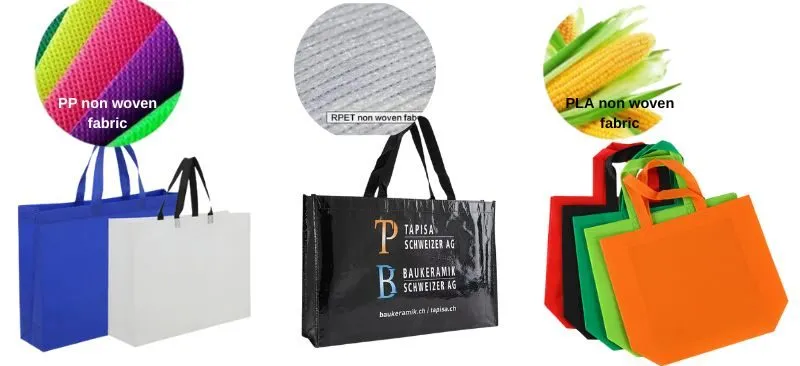
Moisture protection is critical in food, grocery, and outdoor applications.
Water Resistance Levels
| Bag Type | Water Resistance | Lamination Needed | Application Area |
|---|---|---|---|
| PP Woven | High | Optional | Wet markets, groceries |
| Non-Woven PP | Low to Medium | Required | Dry goods, retail |
PP woven bags naturally repel water due to their tight weave. Some models even come with laminated finishes that make them almost waterproof. This makes them a top choice in humid or rainy conditions.
Non-woven bags are porous by default. If moisture protection is needed, a lamination layer must be added. This helps in extending their utility in wet conditions, although it may slightly reduce flexibility.
4. Printing and Appearance

Visual branding plays a big role in marketing and customer retention.
Print and Design Comparison
| Feature | PP Woven | Non-Woven PP |
|---|---|---|
| Print Methods | Lamination, offset | Screen, heat transfer |
| Surface | Smooth, glossy | Textured, matte |
| Design Quality | High resolution | Bright solid colors |
PP woven bags usually require lamination for effective printing. This adds a glossy finish and enables high-definition graphics, ideal for premium branding.
Non-woven bags, however, absorb ink better without needing lamination. This allows for more affordable printing using techniques like screen printing, although the finish might not be as sharp.
5. Reusability and Environmental Impact
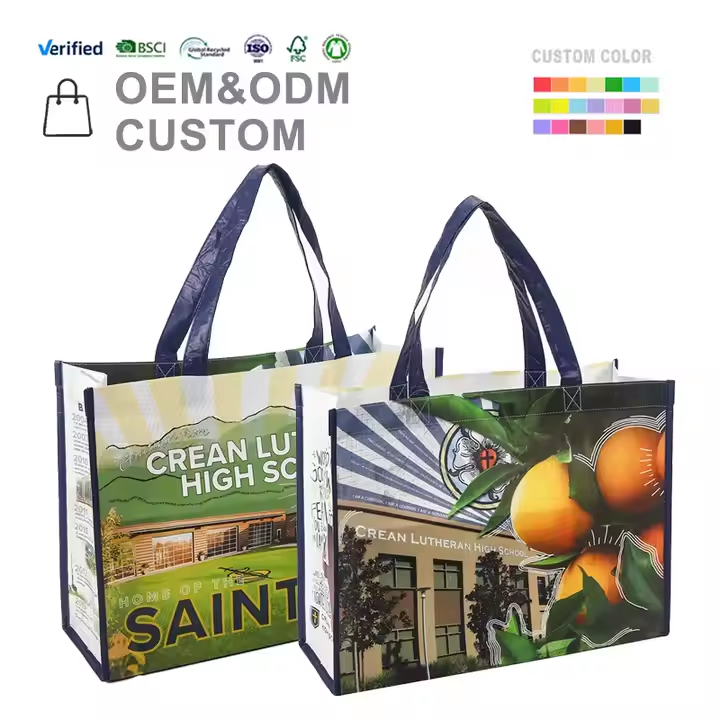
Sustainability is a critical factor in modern packaging decisions.
Environmental Overview
| Metric | PP Woven | Non-Woven PP |
|---|---|---|
| Reuse Frequency | 100+ times | 10–20 times |
| Recyclability | Yes | Yes |
| Biodegradability | No | No |
| Carbon Footprint | Lower (long use) | Higher (short use) |
While neither bag is biodegradable, both are recyclable. PP woven bags, thanks to their long lifespan, spread environmental costs over many uses. This makes them more eco-efficient.
Non-woven bags still offer eco-benefits over plastic, especially when reused multiple times. But they tend to wear out faster, leading to quicker disposal and higher environmental turnover.
6. Cost
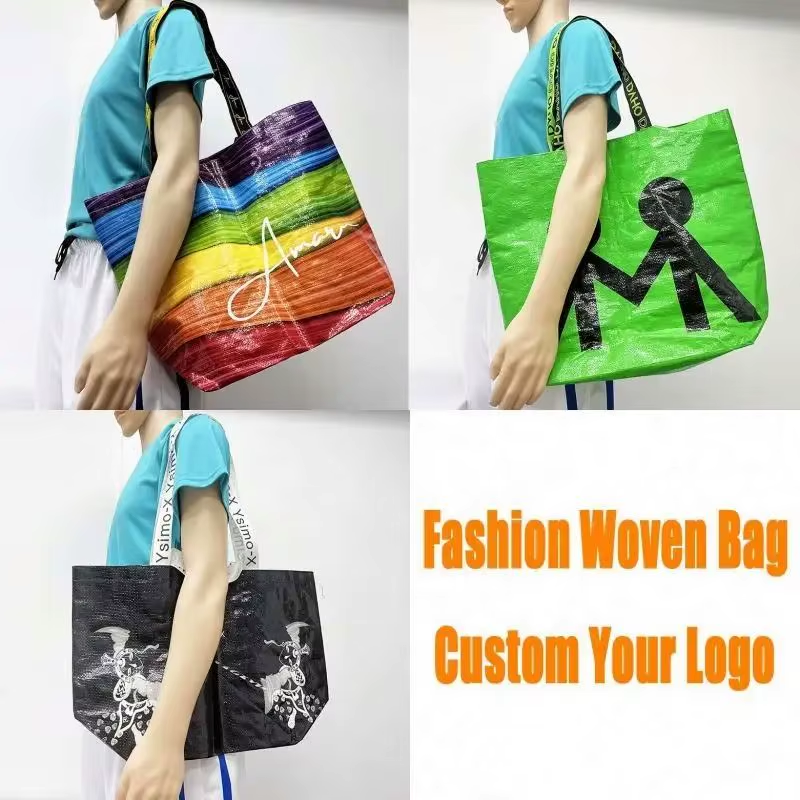
Budget plays a key role in large-scale promotional campaigns and packaging decisions.
Cost Breakdown
| Factor | PP Woven | Non-Woven PP |
|---|---|---|
| Unit Cost | Higher | Lower |
| Production Speed | Slower | Faster |
| MOQ Suitability | Large runs | Small and large |
PP woven bags involve more complex weaving and finishing, resulting in higher costs. They are better for long-term investments where durability is key.
Non-woven bags are cheaper and faster to produce. This makes them ideal for mass distribution events, product launches, and giveaways, where budget and volume matter more than longevity.
7. Storage and Flexibility
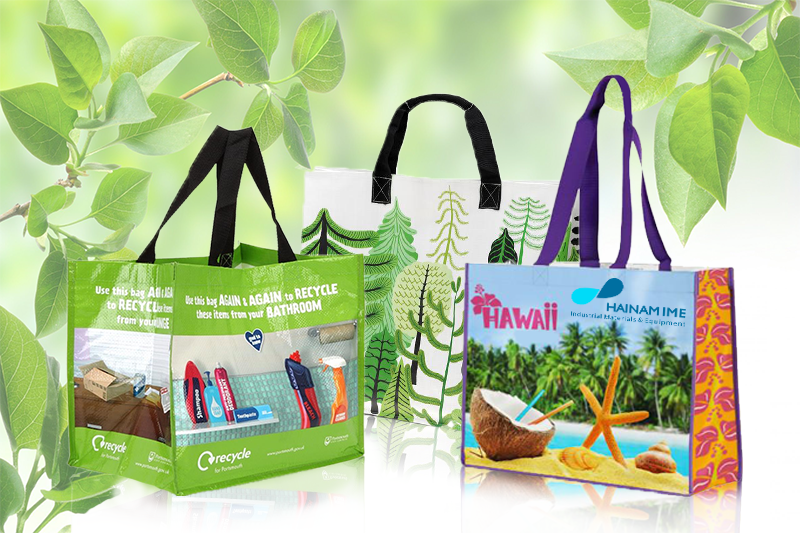
Storage efficiency can impact logistics and end-user convenience.
Flexibility Features
| Bag Type | Flexibility | Storage Space | User Comfort |
|---|---|---|---|
| PP Woven | Stiff, retains shape | Compact | Moderate |
| Non-Woven PP | Soft, foldable | Minimal | High (lightweight) |
Non-woven bags fold down easily and take up less space. Their soft fabric also makes them lightweight and comfortable to carry.
PP woven bags are firmer and more rigid. While this adds protection and shape, it reduces foldability. However, they still store compactly when folded flat.
Conclusion
Both PP woven and non-woven shopping bags have unique strengths. Woven bags are stronger, last longer, and protect better against water, making them ideal for heavy-duty use. Non-woven bags are lighter, cheaper, and excellent for printing and promotional purposes.
In my experience at JiaRong Packing, most long-term supermarket partners prefer PP woven bags for durability. Meanwhile, retail brands and promotional clients opt for non-woven bags for cost-effectiveness and branding flexibility.
Share your preferences or use cases in the comments. Let’s find the perfect bag type for your business needs!
[^1]: Explore the advantages of PP woven bags, including durability and water resistance, to make informed choices for your business.
[^2]: Discover how non-woven bags can enhance your promotional efforts with their cost-effectiveness and printing capabilities.